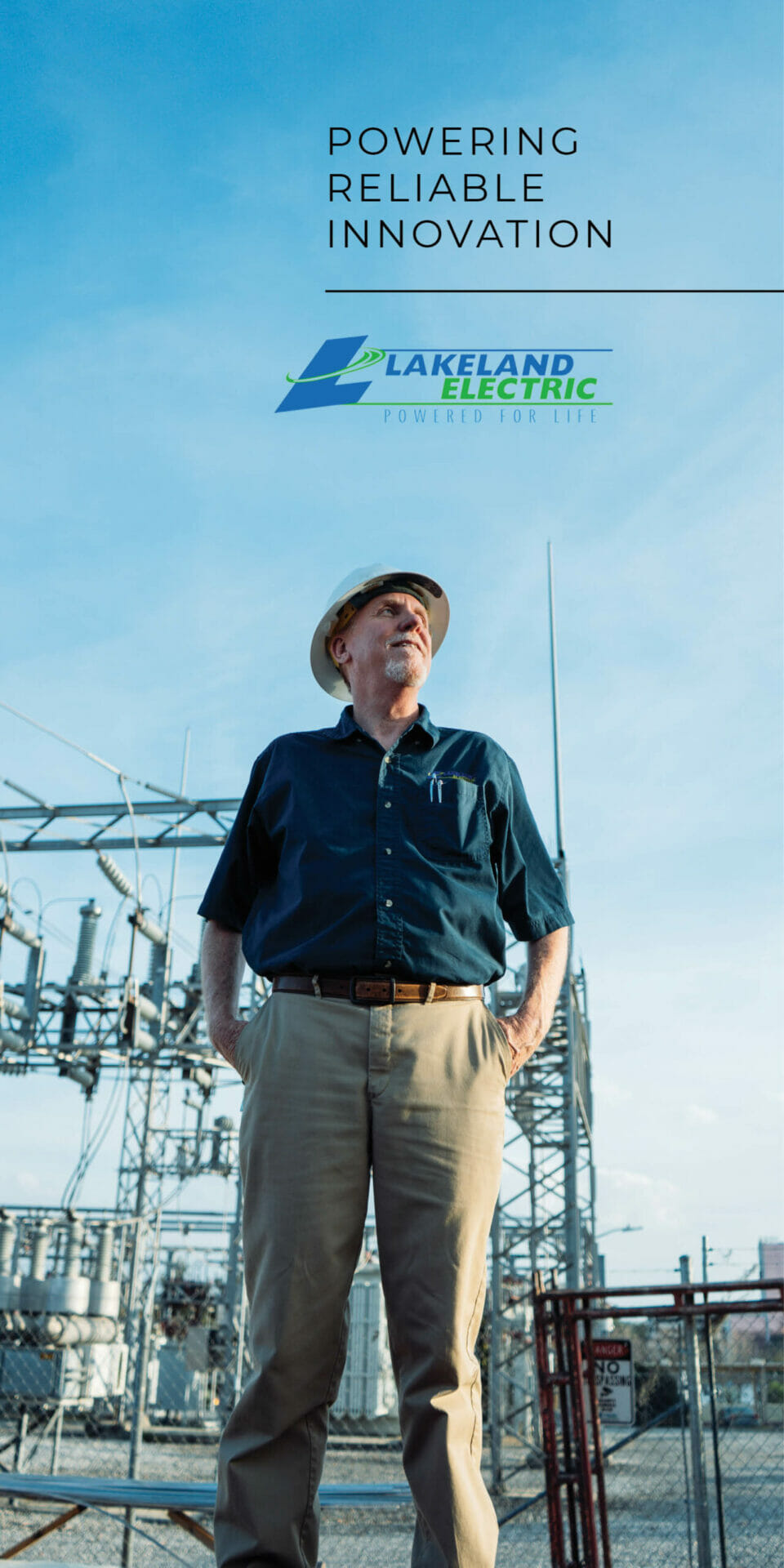
The New Old Way to Do Business
SouthState Bank Shares Wisdom of Maintaining Culture and Customer Experience in Age of Remote Work
Whether companies adopted a remote workforce enthusiastically or reluctantly, the pandemic clearly accelerated the nascent trend of increasing physical distance between our workplaces, colleagues and customers. The technology that enabled the detachment was lauded as a way to keep business moving forward, although some tradeoffs eventually emerged.
These tradeoffs—as even ardent technophiles admit—are inherent in remote work because it’s difficult to emulate on a screen the parts of communication that are most human. It’s personal interactions that help us bond and give meaning to work. If we don’t build trust over shared goals, or even just in-office conversations, professional relationships can become superficial or transactional. And as a number of employee satisfaction surveys over the past several years indicate, work can feel less satisfying. Some employment experts have even suggested that the large job-quitting trend dubbed the Great Resignation was, at least in part, due to the enfeebled connection people feel with remote colleagues.
But remote work can also offer many benefits. The flexibility to better manage personal or family-focused tasks during the week is undoubtedly vitalizing. Though there’s a risk employees might feel “on” all the time, generally there’s a better work-life balance. It’s possible to move to a new city while doing the same job, and it creates opportunities for people who may otherwise not be in the workforce.
So for companies trying to thread the needle, there’s much at stake. If remote work can potentially result in less satisfaction and even possible resignation, how do companies retain talented people? If talented people leave or stay, but are only physically with the team intermittently, how is company culture communicated and enriched? And how do companies maintain continuity of great customer service in such an environment? On the other hand, with so many professionals enjoying the benefits of remote work, how could a company refuse the option when so many others offer it?
The experience of SouthState Bank—which is headquartered in Winter Haven and has seven branches in Polk County—since 2020 provides some answers.
The organization, then in the midst of a large merger, embraced the challenging transformation to a remote workforce. Chief Administrative Officer Jennifer Idell recalls that in the early days of the pandemic, “Laptops were backordered because demand was so high, so although we got everyone home within 30 days—no easy feat—we had to prioritize who received the new technology, with some people remaining idle until hardware was available.”
As a new normal took shape with only drive-through service available at the banks, SouthState found that the non-customer facing support staff at home could be at least as productive as at the office. “Employees were happy that they could take care of personal matters during the week while being trusted to accomplish work,” Idell says.
Before the pandemic, SouthState didn’t use video conferencing regularly, but like many businesses and organizations, they jumped headlong into virtual meetings almost instantly. Idell said they quickly learned the social dynamics of remote meetings were much different than in-person.
“Though it’s natural to talk about non-work things in the minutes before an in-person meeting begins, we found that people logged into virtual meetings with the mic and video off and waited for the meeting to start,” she said. “It was too formal and didn’t build or maintain relationships.”
Sign Up For Newsletter
Lorem ipsum dolor sit amet, consectetur adipiscing elit aenean mollis eget magna sed vehicula.

In response to that, SouthState encouraged people to start arriving a few minutes early to virtual meetings to have some short ice-breakers or normal personal dialogue.
“We didn’t realize how much we missed the in-person interaction with our colleagues,” Idell said. “We were comfortable at home and it was only when we were able to meet again that we felt the lost connections.”
She said once teams began to institute flexible office hours with no parameters, it was possible for only one person to come in on a particular day. That person might as well be at home. SouthState remedied that reality by having teams coordinate days where all of their staff would come into the office.
Such intentionality has worked well for SouthState: employee engagement surveys suggest that high levels of trust remain among the direct teams at the organization. In fact, intentionality seems to be the best strategy for employers with a remote workforce seeking to maintain culture while retaining/attracting talented professionals and providing great customer service. “We create social events just to bring people together now,” Idell says.


As companies creatively foster ways to interact, personal bonds among employees strengthen. Some companies put on virtual social hours, provide stipends for working from home or using co-workspaces, or even fund employee retreats. New startups have created social media-type platforms just for teams to voluntarily share personal updates.
Most companies have called employees back to the office at least a few days per week and found that a hybrid workforce has advantages for everyone. SouthState made an effort to get all direct customer support staff back to the office in March 2022. But about half of the organization enjoys a hybrid work structure—with some employees even moving to parts of the country where the bank doesn’t operate.
SouthState has also exercised intentionality as it lets customers lead with regard to digital channels, especially for those commercial customers who are more likely to have meetings with loan officers. In-person meetings are common, though the virtual option is available for those customers who are more comfortable with them.
Perusing the experiences of companies that have adopted a remote workforce over the last few years, it’s easy to notice that the stories are primarily focused on job satisfaction and productivity. Less emphasized and harder to pinpoint, however, is the potential loss in a virtual environment of informal mentorships; the collaboration, innovation, and sharpening that comes from working closely with someone more experienced and skilled. The veteran pro that’s seen everything and doesn’t get frazzled might impart some wisdom offhand that could be missed remotely. Or perhaps an ambitious young person has a talent that remains undeveloped when working as a lone wolf.
SouthState provided all training online during the merger and found that virtual breakout rooms kept important things from falling through the cracks. Still, technology doesn’t perfectly replicate the real thing. “The minute that we brought people back together we found there are functions at which in-person training remains superior,” Idell says.
Ultimately, SouthState’s experience shows that hybrid work conveys many benefits while the personal connections—with colleagues and customers—are impossible to replace. Though future predictions are notoriously fickle, it’s safe to say the remote workforce, when structured intentionally, is working well.

